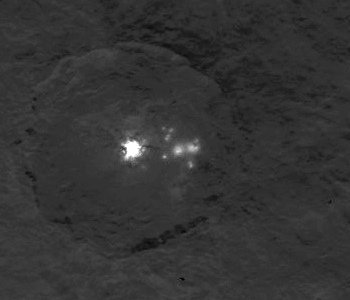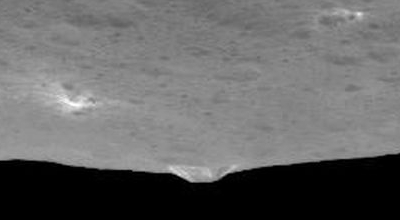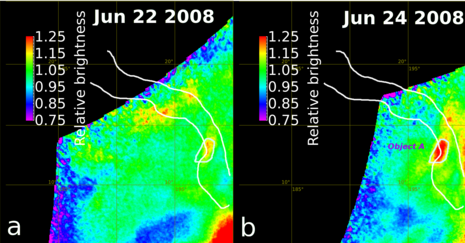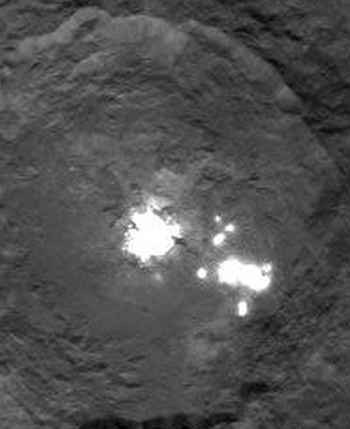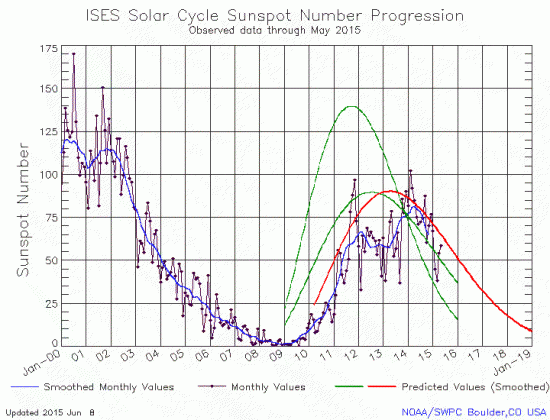Black hole awakes after 26 years
For the first time since 1989, the black hole in V404 Cygni, a system comprising a black hole and a star, has reawakened, suddenly emitting high energy outbursts beginning on June 15.
First signs of renewed activity in V404 Cygni were spotted by the Burst Alert Telescope on NASA’s Swift satellite, detecting a sudden burst of gamma rays, and then triggering observations with its X-ray telescope. Soon after, MAXI (Monitor of All-sky X-ray Image), part of the Japanese Experiment Module on the International Space Station, observed an X-ray flare from the same patch of the sky.
These first detections triggered a massive campaign of observations from ground-based telescopes and from space-based observatories, to monitor V404 Cygni at many different wavelengths across the electromagnetic spectrum.
The outbursts are probably occurring because the black hole is gobbling up material that has fallen into it.
While the 1989 outburst helped astronomers gain their first understand of the behavior of a black hole in a star system, this outburst will help them understand how such systems evolve and change over time.
For the first time since 1989, the black hole in V404 Cygni, a system comprising a black hole and a star, has reawakened, suddenly emitting high energy outbursts beginning on June 15.
First signs of renewed activity in V404 Cygni were spotted by the Burst Alert Telescope on NASA’s Swift satellite, detecting a sudden burst of gamma rays, and then triggering observations with its X-ray telescope. Soon after, MAXI (Monitor of All-sky X-ray Image), part of the Japanese Experiment Module on the International Space Station, observed an X-ray flare from the same patch of the sky.
These first detections triggered a massive campaign of observations from ground-based telescopes and from space-based observatories, to monitor V404 Cygni at many different wavelengths across the electromagnetic spectrum.
The outbursts are probably occurring because the black hole is gobbling up material that has fallen into it.
While the 1989 outburst helped astronomers gain their first understand of the behavior of a black hole in a star system, this outburst will help them understand how such systems evolve and change over time.


